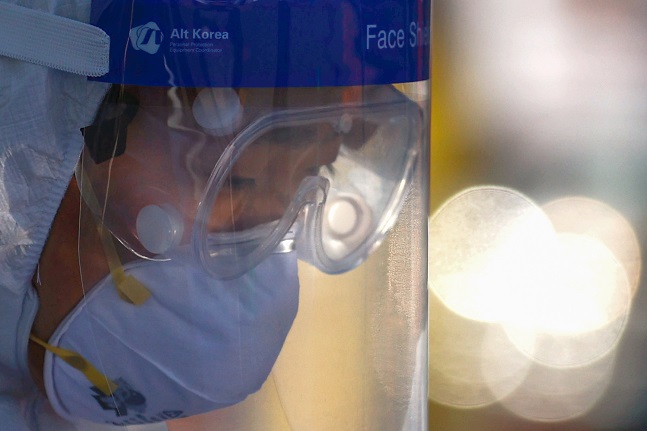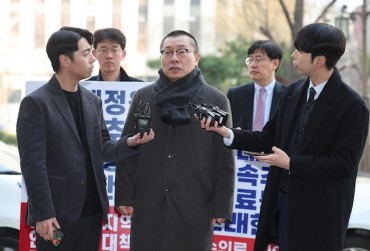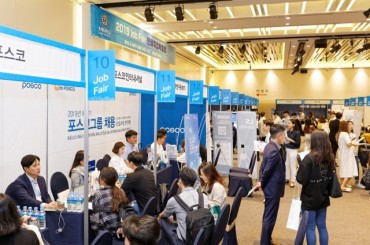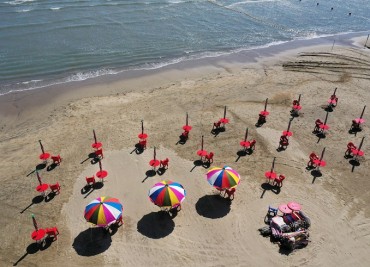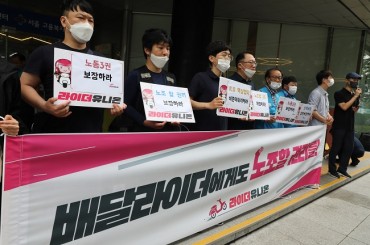SEOUL, Dec. 16 (Korea Bizwire) — South Korea’s daily new coronavirus cases hit another new high Wednesday in the face of alarming increases in cluster infections across the country, prompting health authorities to seriously consider adopting the toughest virus curbs.
The country added 1,078 more COVID-19 cases, including 1,054 local infections, raising the total caseload to 45,442, according to the Korea Disease Control and Prevention Agency (KDCA).
Wednesday’s daily caseload is higher than the previous record of 1,030 on Sunday, which was the first time for the number to breach the 1,000 mark.
After falling to 718 on Monday due to fewer tests being carried out over the weekend, infections rebounded to 880 the previous day, as health authorities expanded free COVID-19 tests to find more potential cases.
Health authorities expect the country’s daily virus caseload may reach up to 1,200.
Health authorities are focusing on securing more hospital beds while finding asymptomatic “hidden spreaders,” instead of adopting the Level 3 social-distancing scheme, the toughest measure under the country’s five-tier alert system.
They acknowledged that the current social distancing, the second highest level, has failed to flatten the virus curve and hinted they are carefully looking at the option of adopting Level 3.
Level 3 can be adopted when locally transmitted cases surge to between 800 and 1,000 or the daily tally doubles from the previous day.
Over the past week, the daily average number of COVID-19 cases here came to 832.6, with the greater Seoul area taking up 73.1 percent.
“Adopting Level 3 will take not only the number of new patients into consideration but also medical capabilities, as well as the reproduction rate of the virus,” said Yoon Tae-ho, a senior health official, during a daily briefing.
“We urge people to comply with Level 2.5 currently implemented in the greater Seoul area to avoid the toughest virus restrictions, which can hurt numerous self-employed people and small shop owners,” he added.
Under the highest level, any gatherings of 10 or more people will be banned, which is stricter than the current ceiling of 49.
Schools will be fully shut down, and companies are required to have nonessential employees work from home.
Of the locally transmitted cases, the capital city of Seoul accounted for 373 cases, and the surrounding Gyeonggi Province took up 320. Incheon, west of Seoul, had 64 new cases. The three areas account for around half of the nation’s population.
Outside of greater Seoul, the southeastern port city of Busan reported 41 additional cases and North Jeolla Province added 75.
The southeastern city of Daegu added 27 infections, and Dajeon, 164 kilometers south of Seoul, reported 15 more cases. South and North Chungcheong Provinces added 35 and 22 cases, respectively.
As of noon Wednesday, a construction site in central Seoul reported 62 COVID-19 cases.
A religious facility in western Seoul added 11 more cases, raising the total to 179. A total of 287 cases were traced to a restaurant from the capital city as well, up four from the previous day.
There were new cluster infections nationwide as well.
A high school from the southern resort island of Jeju reported seven cases.
A nursing home from Goyang, north of Seoul, identified 30 patients.
From Gangwon Province, a ski resort reported 10 additional cases, raising the total there to 11.
To prevent new cluster infections at nursing facilities, health authorities said they will carry out COVID-19 tests on all workers at such facilities in the greater Seoul every week.
Workers at nursing homes outside of the capital area will be tested every two weeks.
Over the past month, a total of 26 cluster infections have been traced to medical facilities, including nursing homes.
Cluster infections accounted for 21.4 percent of the newly added cases over the past two weeks, while transmission routes of 22.7 cases remain unknown, according to the KCDA data.
Imported cases came to 24.
The United States accounted for seven cases followed by Indonesia with six. There were also cases imported from other countries, including Uzbekistan, Russia, Japan and Canada.
The number of seriously or critically ill COVID-19 patients reached 226, up 21 from the previous day.
The KDCA reported 12 additional deaths, raising the total to 612. On Tuesday, the country reported 13 deaths, a record high.
The fatality rate reached 1.35 percent.
The number of people released from quarantine after making full recoveries came to 388, raising the total to 32,947. This indicates around 72.5 percent of local patients have been cured.
South Korea carried out 3,488,769 COVID-19 tests so far, including 47,549 the previous day.
The ratio of people testing positive reached 2.27 percent, compared to 1.99 percent a day earlier, when 44,181 tests were carried out.
(Yonhap)



